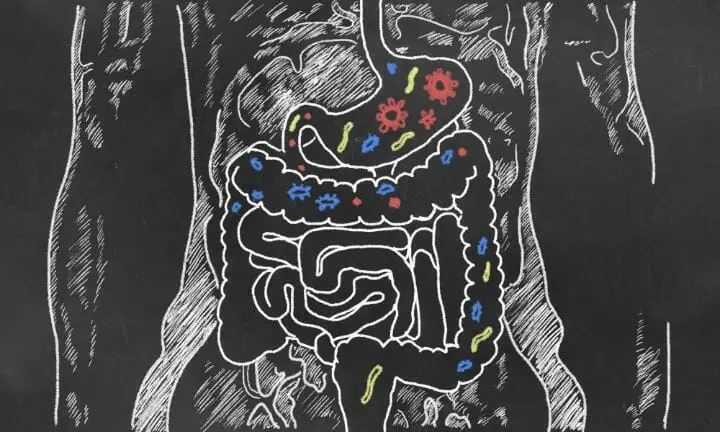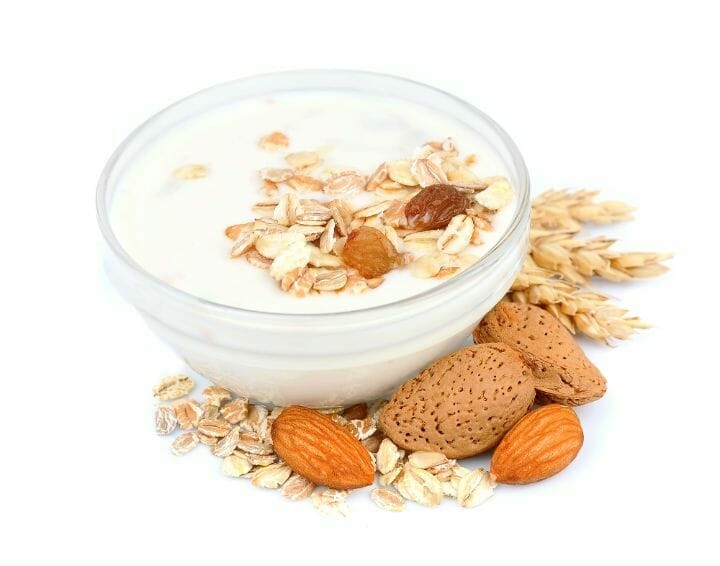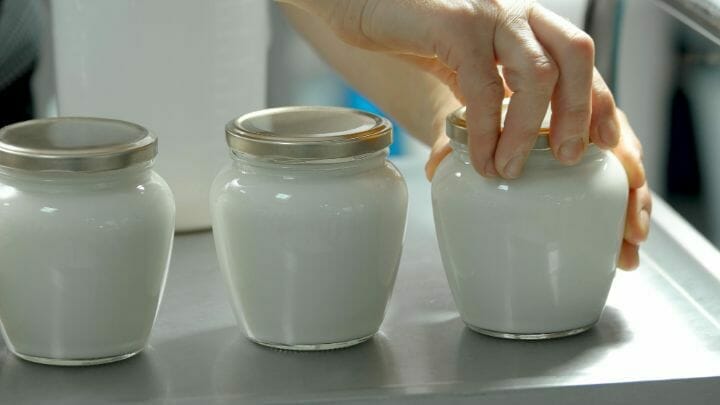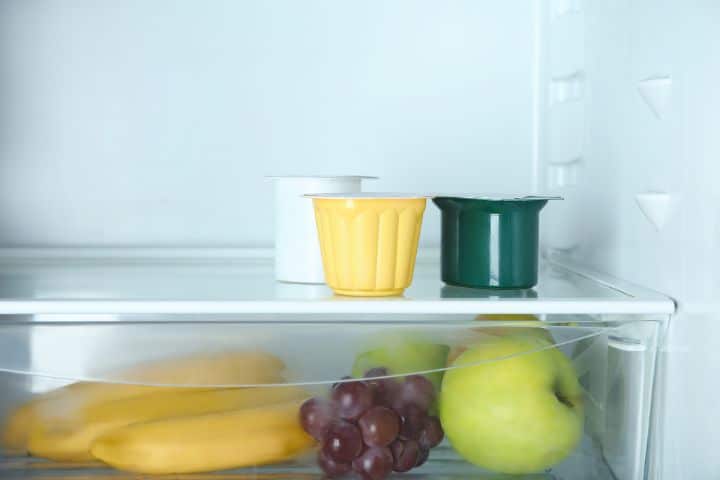Probiotics are live microorganisms that have a life of their own. They die if conditions around them are not favorable to their sustenance. All Probiotic products should be carefully stored and utilized for them to survive through their shelf life.
Live Probiotic cultures are believed to die at around 115 Degree Fahrenheit. So it is not ideal for keeping them in warm or higher temperatures for too long. They lose their viability if exposed to uneven variations of temperatures and humidity.
Contents
What Kills The Bacteria?
Cooking
Natural Probiotic products add good flavor to food. But, that does not mean that you can use it for cooking. Probiotics die when exposed to high heat. If you have been using them while cooking, you might want to consider adding them only at the fag end of cooking.
You can use them as garnishing, toppings, or even better if you can use them as a side dish. This is especially true for naturally fermented foods like miso, kimchi, and sauerkraut.
Packaging
You might assume certain foods are always rich in Probiotics. But their packaging and storing before and after you buy will determine whether Probiotics can survive.
Packaged foods are subject to Pasteurization, which is the process of heating foods to kill harmful bacteria. But this exposure can also result in the killing of the good bacteria when they’re canned. Canned Probiotic products might not have the same amount of probiotics as refrigerated varieties.
Composition
Yogurt is one of the richest sources of Probiotics. When you visit any store to buy Probiotic yogurt, you have so many varieties to choose from. But not every yogurt is the same. If they contain refined sugars or artificial sweeteners, the good bacteria might not even survive.
Each type of yogurt has a different composition. There are probiotics specific for autoimmune disease, bloating, pregnancy, lactose intolerance, and diverticulitis.
Non-Symbiotic Bacteria
Some Probiotics might also die because of the battle within the product itself. Different kinds of bacteria interact differently with each other. Developments might be losing good bacteria because of incompatibility among the bacteria present in them.
Heat
Testing of the bacteria’s survival at different temperatures has several exciting revelations. At 70 Degree Fahrenheit, viability has decreased by 10-15% per month. At above 80 Degree Fahrenheit, the loss is more than doubled. But if the product is refrigerated at below 39 Degree Fahrenheit, their survival has increased.
Pre-purchase Storage
One open question on any Probiotic product’s viability is under what circumstances did the product reach the store. You rarely concern yourself about this. But, if the product was shipped through ideal conditions, the chances of its survival are high.
Humidity
Probiotic bacteria get activated in the presence of moisture and humidity. Warmer temperatures and surrounding moisture also initiate the gradual degradation process thereby decreasing the efficacy of probiotics. The level of humidity and moisture during packaging is a huge factor in determining the product’s life.
You may also like Are Probiotics Safe To Take During Pregnancy?
How To Keep the Bacteria From Dying?
What Are The Manufacturers Doing?
Maintaining Potency
To maintain the minimum amount of CFU’s throughout the product’s life, brands add a surplus of CFU’s during manufacturing. This is allowing them to compensate for the natural decline of live cultures. Procedure of manufacturing is also one of the reasons why probiotics are expensive.
Packaging
Brands take utmost care in packaging standards as any exposure to moisture or heat will lead to a rapid decrease in CFU’s. The presence of water or exposure to heat will invalidate the good bacteria. Freshness packets within the product can also help in the absorption of moisture.
Freeze-Drying
Certain manufacturers use deep-freezer technique or freeze-drying methods to save Probiotic viability. This will allow rigorous flow of water content. An issue with this process is that the product must always stay in a frozen state. Any exposure to moisture will immediately start the degradation process.
Microencapsulation
Microencapsulation is a technique to have a protective shield around a particle to protect them. Manufacturers want to maintain the viability of Probiotics at room temperatures through Microencapsulation. Scientific studies are ongoing to verify that such efforts help to keep the CFU levels.
A manufacturer has declared that their probiotic nutritional bar has retained 60% viability after five months of room temperature storage. But this claim has been met with skepticism from the industry and experts.
You may also like Best Time To Take Probiotics Before Bed
What Can You Do?
Refrigeration
There are two primary factors to keep the Probiotic intact – Temperature and Humidity. Colder air has less moisture, and hence the bacteria cannot thrive in colder conditions.
So, it is ideal that you store any Probiotic product in a cool and dry place to maintain good stability. If you are using Probiotic supplements, it is better not to mix them with other supplements and store them in the kitchen or the bathroom. The warm temperatures will shorten the life of your Probiotic products.
You may also like Best Probiotics for Vaginal Health
The Rise of Soil-Based Organism (SBO) Probiotics
Generally available Probiotics (Lactobacillus and Bifidobacteria) are too fragile to survive regularly. Large investments are required to protect these LAB (“lactic-acid-based”) probiotics.
Newer forms of probiotics known as SBO probiotics have a natural tendency not to lose viability at room temperatures. Bacillus subtilis, an SBO, has a seed-like structure.
They have an ultra-thin shell that is naturally present. It protects the bacteria from heat and moisture. It also helps against acidic condition in the stomach and upper intestines because of bile release.
SBO probiotics are microorganisms that are found in a healthy terrestrial (earth-based) microbiome. These bacteria have naturally adjusted to be strong.
This shield is not scrap until the bacteria outreaches its final position, which is your gut. SBO’s can maintain their viability without foil-packs or other expensive microencapsulation techniques.
SBO probiotics have evolved to be symbiotic and can thrive amid the vast majority of probiotic communities.





